Floral flavors are predicted to be in full bloom in 2018. According to Whole Foods to experts and insiders, the industry is seeing more flower-forward cocktails and products spring up than ever before.
A big reason for the flood of flowers is because millennial consumers are taking a more holistic approach to their consumption habits and are looking for new ways to add naturally-derived flavors in their food and drink choices.
While there is an entire garden of floral flavors available to choose from, we pruned back the choices to what we feel are the five most essential of 2018.
Elderflower – Sambucus nigra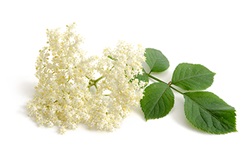
What is it: Elderflowers are clusters of flat-topped, honey-scented flowers found on elderberry bushes, which are found throughout Europe and flourish in the United Kingdom. Elderberry bushes are hedgerow plants and grow wildly in the countryside where they push up new shoots every year from their root base. The plant’s namesake berries can be pressed into juice and then either cooked into jam or fermented into elderberry wine.
Uses: As far back as the Roman era, elderflowers have been macerated and infused into cordials and liqueurs. The resulting syrups are sweetly reminiscent of a field of spring flowers, adding both fragrance and flavor to cocktails and sparkling wines.
Hibiscus - Hibiscus rosa-sinensis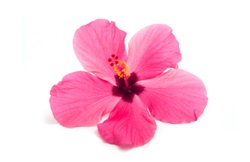
What is it: Originally from Africa, the hibiscus plant thrives in tropic and subtropic environments. It’s brightly colored, five-petaled flowers are edible and have a tart flavor similar to raspberries.
Uses: Hibiscus flowers are commonly dried and used in teas, infusing the beverages with a tart-floral flavor as well as a beautiful pink hue. Hibiscus flowers can also be turned into a syrup and added to cocktails, sparkling wine or even beer.
Rose – Rosa damascena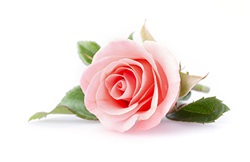
What is it: Roses are an ancient plant that first appeared four million years ago. The aromatic red, pink and blush roses we know today originated in the Near East, and traveled to the U.S. by way of China, and followed by Europe only a few thousand years ago. The most popular rose for liqueurs is the damask rose – Rosa damascene – which originated in Syria where it was distilled for perfume.
Uses: Roses have two main beverage applications: rose water and rose liqueur.
Rose water – the watery part of the steam distillation of rose petals – has a strong bouquet and very true-to-nature flavor. With rose water, a little goes a long way, so it is added to drinks drop-by-drop. It can also be misted on a cocktail right before it is presented to the customer.
Rose liqueur is made by macerating rose petals with sugar and fruit in brandy. The liqueur can then be used to flavor and color any number of drinks.
Violet – Viola odorata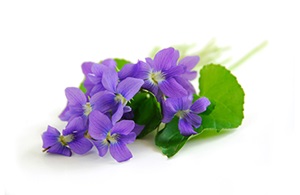
What is it: Violets are a small and delicate purple flower that is native to Europe and Asia. 100 years ago, sweet violet blooms were often carried or worn as a one-time use perfume and then discarded at the end of the day. Today the flower’s distinctive aroma is still used in fragrances, but it’s flavor is also gaining popularity in both food and beverages.
Uses: Crème de violette, an infusion of violets, sugar and alcohol, is the key ingredient the classic Aviation cocktail, along with maraschino liqueur, lemon juice and gin.
According to Amy Stewart, author of The Drunken Botanist, crème de violette all but disappeared in the U.S. until 2007. That’s when Eric Seed, an importer of hard-to-find spirits, traveled to Austria where he found a small producer making limited qualities of the liqueur for bakers who were using crème de violette in their cakes. Seed brought the spirit back to the U.S. market, and soon afterwards, other brands followed suit.
Orange Blossom – Citrus sinensis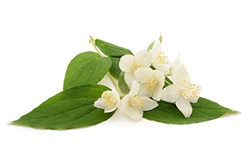
What is it: Orange blossoms are the flowers of the sweet orange tree, which is one of the most widely grown fruit trees in the world.
Uses: Orange blossom’s most popular use is in the creation of orange blossom water. Similar to rose water, orange blossom water is a hydrosol extraction and is created either as a byproduct of orange oil distillation or through direct steam extraction. Orange blossom water is a key ingredient in New Orleans’ famous Ramos Gin Fizz cocktail.